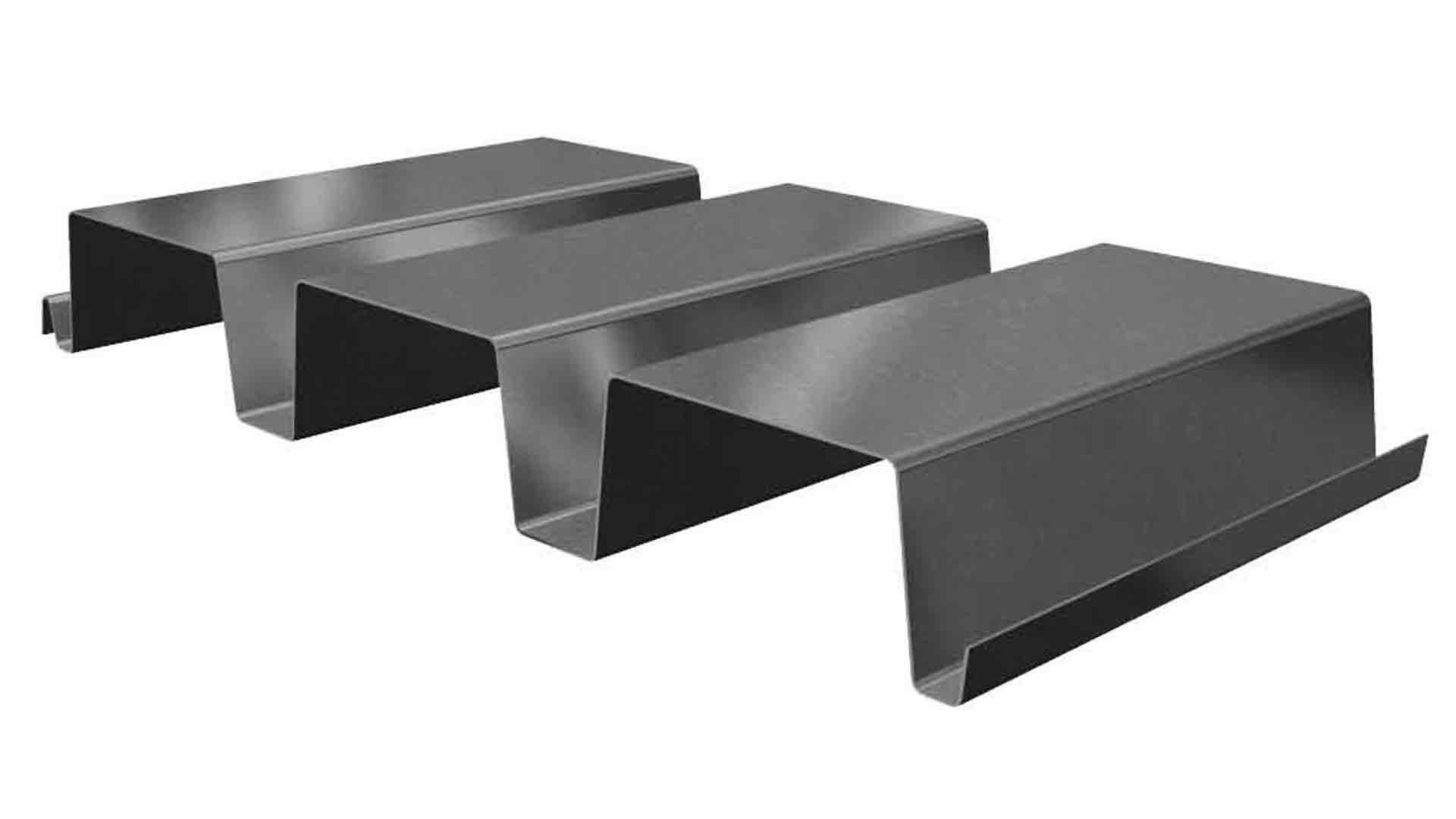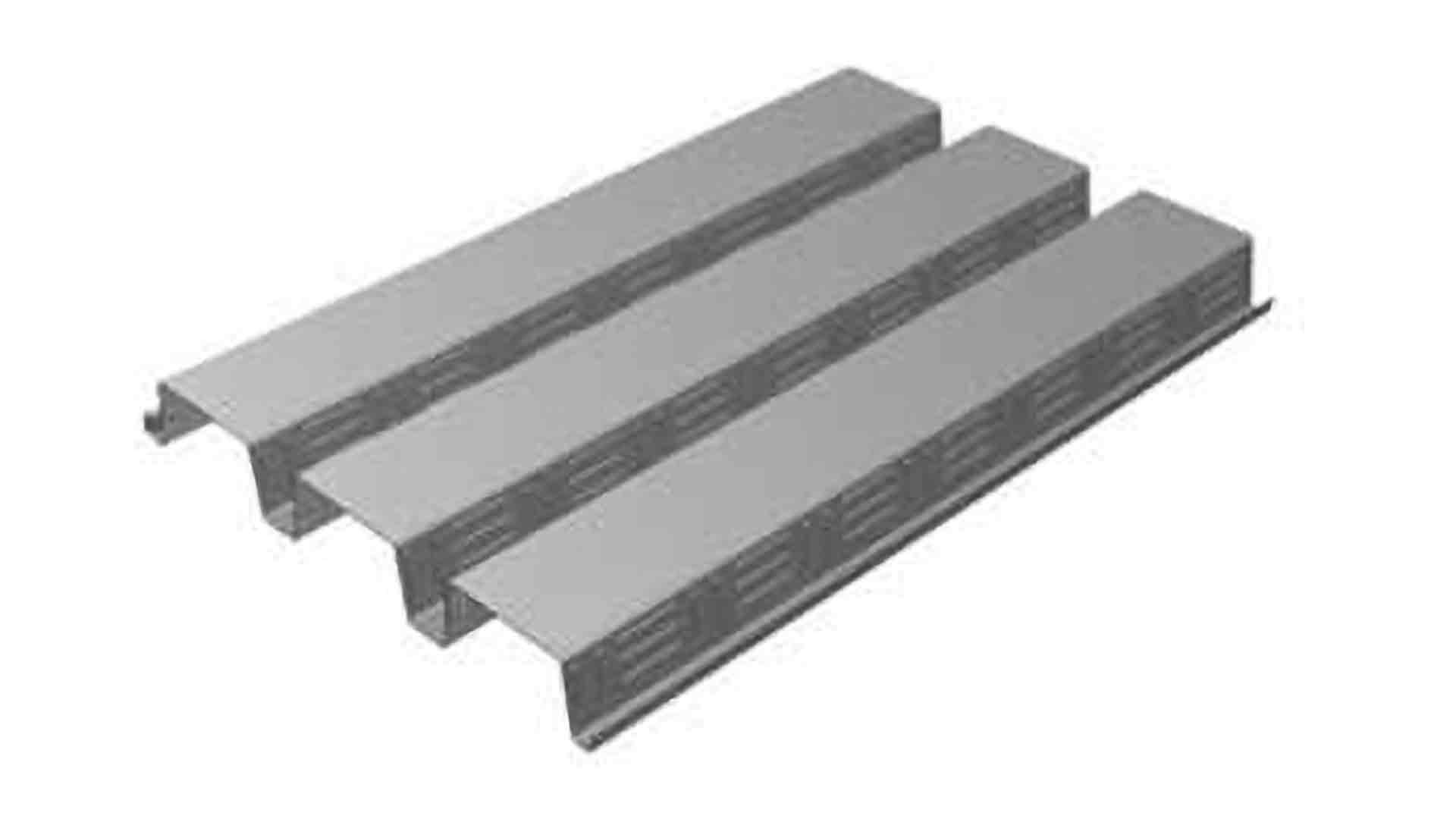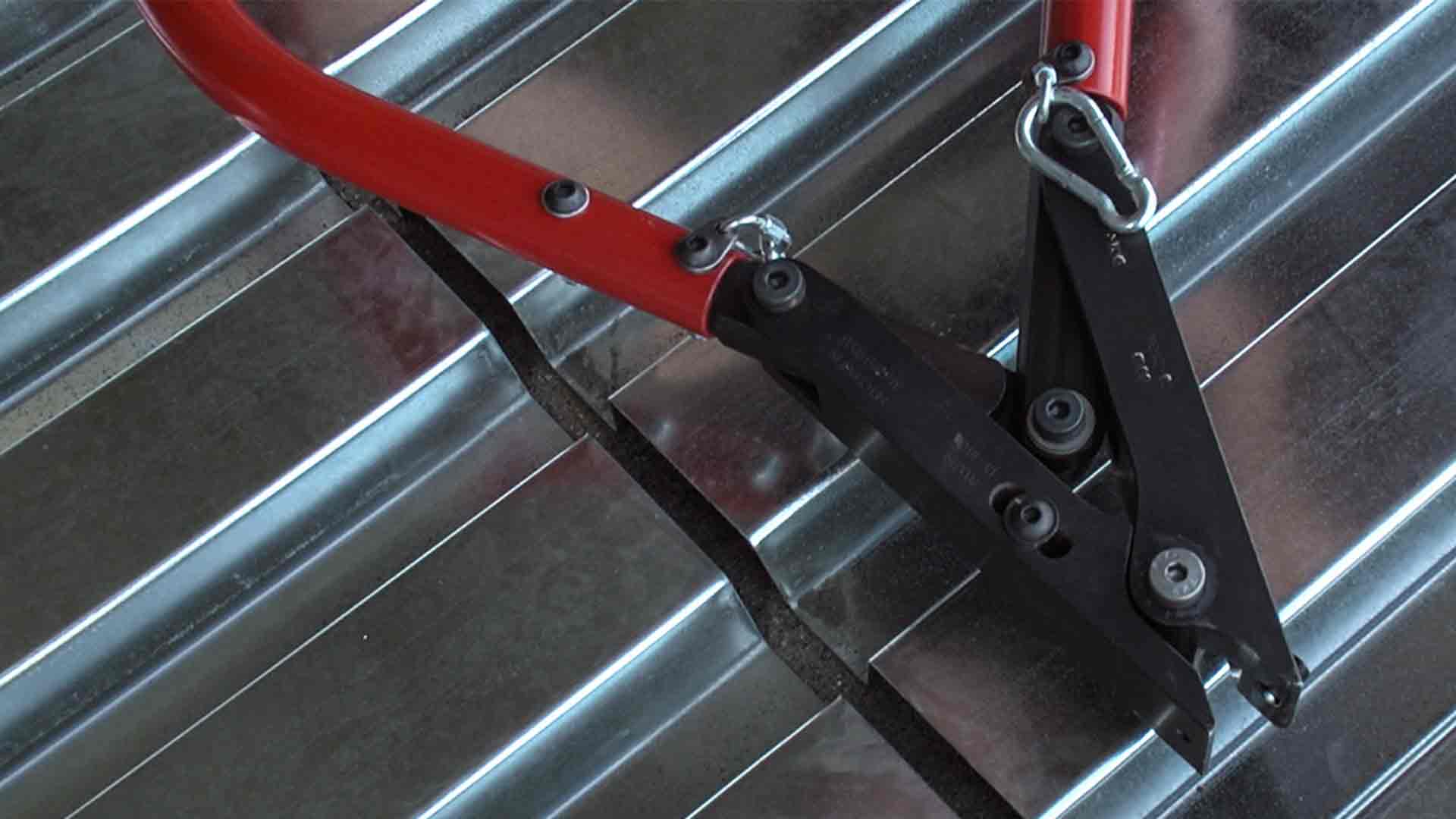Manual Vs Pneumatic Button Punch Tool: Which Is Best For Me?
Metal Deck | Button Punch | Pneumatic Parker Punch | Deck Demon
Maybe you have done a few metal deck jobs and had to attach the sidelaps using a button punch tool. You might have been able to borrow this tool free of charge or you just had to pay to rent the tool. Whatever the case, you are now ready to own your own button punch tool.
Just like most consumers you want to do your research and make sure that you purchase the best tool for your company. After some online research you’ll find that there are two types of button punch tools: manual and pneumatic.

Both tools accomplish the same thing, they can both create a button punch and can both do a crimp. Now you have to make a decision on which type of tool is best for your needs.
Purchasing a new button punch tool is not a cheap purchase, which is why we at Western Metal Deck want to help you make the best decision. We offer both Pneumatic Parker Punch Tools and Manual Deck Demon Button Punch Tools for purchase to our customers. In conversations with hundreds of customers, we’ve learned that some prefer the manual tool over the pneumatic tool and vice versa.
Our goal is to provide you with as much information available to you to help you make a well informed decision. For the purposes of this article, we will discuss the key differences between the Pneumatic Parker Punch Tool and the Manual Deck Demon Tool in the following categories:
- Cost
- Weight
- Speed
- Consistency
- Ability to be used on different types of deck and gauges
1. Cost
Let’s face it the cost difference between any two items can be the determining factor behind any purchase. So when deciding between a manual or a pneumatic button punch tool, the final decision can end up coming down to the price.
Parker Punch Tool
The cost of a brand new parker punch tool comes in at $2,195.00. Shipping is an additional $100 if located within continental United States. The Parker Punch tool also requires the use of an air compressor, air hose and fuel to run the air compressor. A new air compressor and air hose can run from a few hundred dollars to a few thousand. You will need to factor in these costs into your overall cost of a Parker Punch Tool.
Deck Demon Button Punch Tool
The cost of a brand new Deck Demon button punch tool is $1,395. Shipping is an additional $50 if located within the continental United States. The manual deck demon tool does not require any additional equipment to operate.
Conclusion
The numbers are clear, if you are looking for the more economical purchase than the manual Deck Demon Button Punch Tool is the clear winner. The savings between the tools alone is over $800. When you factor in the additional equipment and fuel needed to operate the Parker Punch Tool, the savings comes out to much more.
2. Weight
The weight difference between two items may not have been high on your list of pros and cons list. However, when it comes down to the two types of button punch tools it is something that should be taken into consideration. If you’re operating this tool, you will have to carry it around with you around on jobsites.
Parker Punch Tool
The Parker Punch tool itself weighs 46 pounds. However, you will also need to factor in the weight of the air compressor you will be using, along with the hose and fuel.
Deck Demon Tool
The Deck Demon tool weighs approximately 25 pounds. It doesn’t require additional equipment to operate, this is the final weight of your button punch tool.
Conclusion
If you are working on multi-story buildings, carrying around a tool nearly double the weight along with the necessary equipment from floor to floor may not be the best decision. You may find that your workers prefer the ease of carrying around a tool that weighs only 25 pounds. In this case the Deck Demon tool comes in as the winner.
3. Speed
Depending on how often you use the tool and how big your typical metal deck job is, how quickly you can operate either tool can be a major factor in your buying decision. Both tools require someone to operate the tool and the ultimate speed is dependent on how quickly they move.
Parker Punch Tool
Using the Parker Punch tool the operator should be able to produce an average of 800 to 1,000 punches per hour. It is a matter of pulling the trigger and moving the tool forward and repeating the same process. However keep in mind that the tool needs to be set up with the air compressor and air hose, which can take approximately 30 minutes. But let’s say you are working on a large job with thousands of square feet. In that case the set up time is relatively minor.
Deck Demon Tool
The speed of a manual button punch tool is solely up to the tool operator. It is simple to use the tool, the operator needs to spread the arms and a dimple is created, they then move the tool to the next spot and repeat the process. On average a typical worker should be able to produce the same amount of button punches per hour as the pneumatic parker punch tool.
Conclusion
Using either tool you will be able to produce about the same amount of button punches per hour. While you may think that operator fatigue would be higher using the manual Deck Demon tool, it is actually slightly higher in the Parker Punch tool. The Parker Punch tool is nearly double the weight making it more difficult to move from spot to spot. The amount of button punches produced by either tool is about the same. In this category it is a tie.
4. Consistency Of Button Punches
The whole point of purchasing a button punch tool is to attach the sidelaps by performing a button punch and creating a dimple. Whichever tool you end up purchasing you want to make sure you get nice consistent button punches.
Parker Punch Tool
The Parker Punch tool is operated by pulling a trigger and the tool creates a button punch. The tool creates the same punch time after time by pulling the trigger. It is a consistent punch.
Deck Demon Tool
The Deck Demon tool is manually operated. The tool operator has to spread the arms to create the button punch. If they are inexperienced and spread the tools too much they can end up puncturing the deck. If they spread too little then it won’t fully create the dimple.
Conclusion
As far as consistency of button punches goes, the clear winner in this category is the Parker Punch Tool. It creates consistent button punches throughout the entire job.
5. Ability To Be Used On Different Types Of Deck And Gauges
If you installed a few metal deck jobs then you likely already know that each job is different. Each job requires different types of decking in different gauges. You want to make sure that your tool works on most if not all types and gauges of metal deck.
Parker Punch Tool
The Parker Punch Tool will work on deck up to 3” deep. The heaviest gauge of metal deck it will work on is 18 Gauge.
Deck Demon Tool
The Deck Demon tool can be used on deck up to 3” deep. The heaviest gauge of metal deck the tool will work on is 16 gauge.
Conclusion
If you believe that you will end up working on deck as heavy as 16 gauge then the Deck Demon tool is the right choice for you. The Parker Punch tool is not capable of punching deck heavier than 18 gauge.
Pneumatic vs Manual: Which Is Best For Me?
The final decision on whether to purchase a pneumatic Parker Punch tool or a manual Deck Demon button punch tool will come down to you. Either tool you decide to purchase will be capable of performing a button punch or a crimp.
At Western Metal Deck we stock and sell both tools. If you end up deciding that you aren’t ready to purchase a tool, we do loan the manual button punch tool free of charge to customers who have purchased the decking from us. If you already purchased the decking from another supplier, we can rent you a manual button punch tool. We do not loan out the pneumatic Parker Punch tool.






